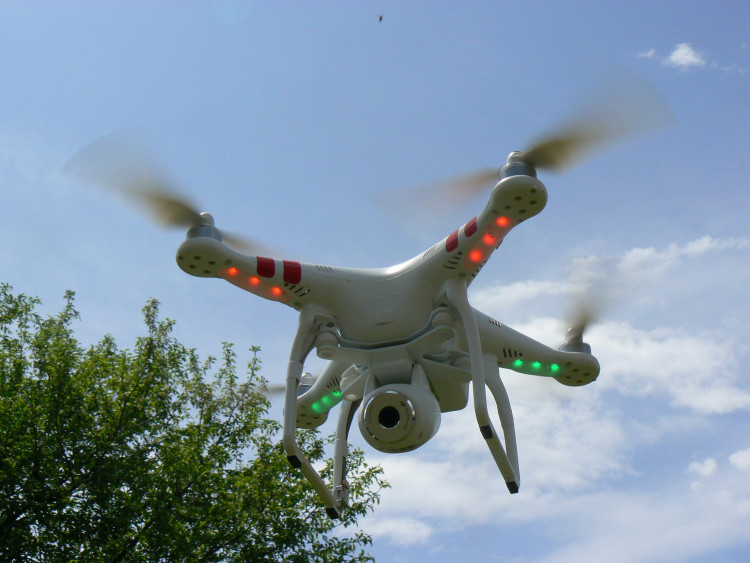A new policy, which is still in the process of approval, proposes to ban children from owning drones weighing more than 250 grams (.55lb).
UK's Department for Transport submitted its latest proposal to the parliament ratifying the Drone Bill which regulates ownership of such flying devices among children, a report from DroneLife said.
The rule, however, could still allow the youngsters to operate drones, even those that weigh beyond the already specified limit, but only if it is owned and registered by an adult.
This recent proposal is in line with the UK government's initiative to discourage the use of drones for ill purposes.
In an earlier report from BBC, it was found out that drones which weigh even slightly less than half a kilo is potent enough to deal damage on a vehicle's windscreen. Meanwhile, those devices already reaching two kilos and up is already considered a threat to the flight safety of manned aircraft.
If caught violating, the regulation indicates that violators will face around USD$ 400 in fines as well as confiscation of the device.
Aside from this upcoming Drone Bill, the UK government has already been implementing the ban of drones flying within the 1-kilometer vicinity of an airport or even soaring more than 400 ft up in the air.
Punishments are more severe in these cases as such acts can land perpetrators to jail for a minimum of 5 years.
Further consultations have yet to be made on the draft this week at the British Parliament, and if everything goes well, this latest proposal will be added to the existing drone legislation. The final and revised version of the Drones Bill is expected to be published at the end of 2018, according to this report.
The FAA or the Federal Aviation Administration of the United States has long been stern in its policies against the flying of drones.
Several cases cited in this article suggest the apparent risk involved with drones flying overhead. A research conducted indicates the damage a falling drone can do to a human head.
Although steel debris or wood blocks cause more damage, a hurling remote-controlled quadcopter, for example, can still have an adverse impact on an unsuspecting (or otherwise) victim.
Furthermore, propeller blades, which can go from 7,000rpm (rotation per minute) when hovering and 12,000rpm when in moving flight, generates enough force to slice the skin. This is why some drone designs have blade guards to protect people underneath.






